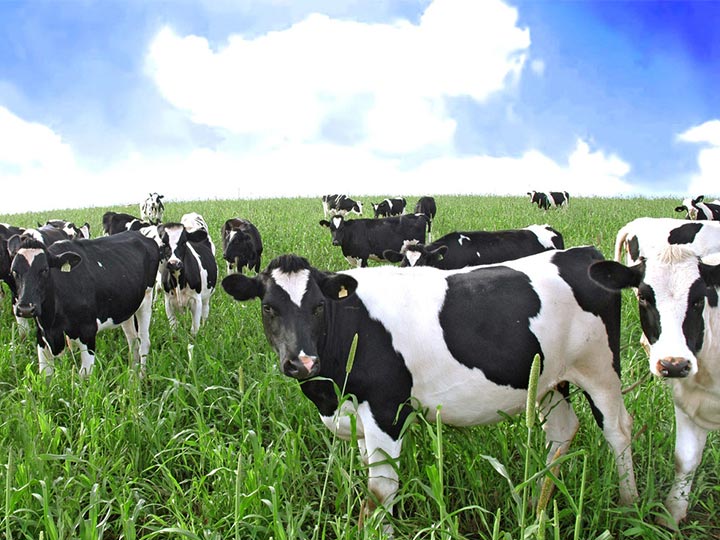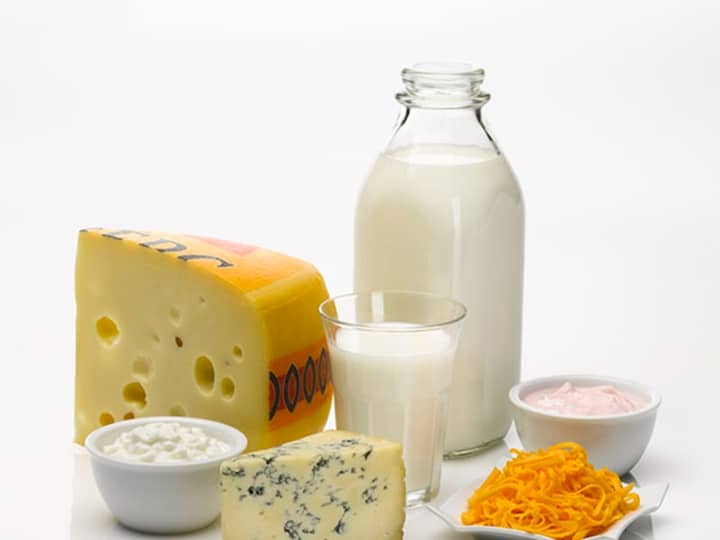Os dados mostram que o consumo global de laticínios deverá aumentar em 36% nos próximos dez anos. O crescimento populacional impulsionou a crescente procura de leite, levando à primeira escassez mundial de oferta de leite na história. Como resultado, o número de máquinas de fazer iogurte também está aumentando.
Qual é o problema dos produtos lácteos no Quénia?
Actualmente, os fornecedores locais de lacticínios no Quénia não conseguem acompanhar o aumento do nível de consumo de leite, pelo que a crise dos lacticínios no Quénia chegou silenciosamente. Como aumentar a produção de laticínios é iminente.
O que o governo faz para mudar a situação atual?
O governo queniano também lançou muitos projetos. Por exemplo, o Ministério da Agricultura está a tentar persuadir os pastores a passarem da pecuária tradicional para a produção leiteira. Ao mesmo tempo, visam melhorar a qualidade dos serviços veterinários em todo o país e aumentar a assistência social para os pastores.

Os agricultores também são necessários
Embora o processamento de laticínios seja muito lucrativo, poucos agricultores estão envolvidos. Apenas 10% do leite produzido no Quénia é processado e embalado todos os anos, pelo que a escassez de pessoal de processamento tornou-se um grande problema. O governo também está a incentivar mais agricultores a participarem no processo de produção de leite e a conceder-lhes salários consideráveis. O mercado de lacticínios do Quénia também atraiu a atenção de governos e ONG
Que medidas são tomadas na 10ª Conferência Africana de Lacticínios em Nairobi?
Na 10ª Conferência Africana de Lacticínios, em Nairobi, o Presidente do Quénia observou que ajudaria os agricultores a aumentar a produtividade para resolver a situação difícil da indústria leiteira. Por exemplo, 1,2 milhões de xelins quenianos (aproximadamente 132.000 dólares americanos) foram atribuídos à produção leiteira; planeja aumentar os esforços para construir fábricas de processamento de iogurte; revitalizar cooperativas; aumentar o número de máquinas importadas para fazer iogurte.
Este investimento aumentou o volume diário de processamento de leite no Quénia de 2,9 milhões de litros para mais de 3,5 milhões de litros.
A produção leiteira no Quénia é baixa
A produção de leite leiteiro é outra preocupação. Em algumas áreas da África Subsaariana, a produção anual de leite das vacas é inferior a 200 litros. Em alguns países desenvolvidos, a produção anual de leite de uma vaca pode chegar a mais de 12.500 litros. . “Embora o Quénia tenha mais vacas do que a África do Sul, a produção de leite é inferior à da África do Sul.

E a produção de leite de cada vaca por dia?
O gerente regional do Projeto de Desenvolvimento de Laticínios da África Oriental afirmou que a produção de leite no Quênia é inferior a 5 litros por vaca todos os dias em 2013, mas na verdade deve chegar a 40 litros. “Temos muitas vacas, mas a produção de leite destas vacas é lamentavelmente pequena”, disse ele numa entrevista anterior, apelando a uma redução no número de vacas, mas a um aumento na produção de leite por vaca.
Os países estão correndo para se desenvolver
A Nigéria, a maior entidade econômica da África, é também o maior importador de produtos lácteos na África Ocidental. A Organização das Nações Unidas para a Alimentação e a Agricultura (FAO) declarou que a produção de leite do Quênia ainda é baixa e o leite em pó importado representa mais de 75% da indústria. Portanto, a FAQ incentiva a Nigéria a tratar o mercado queniano como uma base de produção de laticínios.
